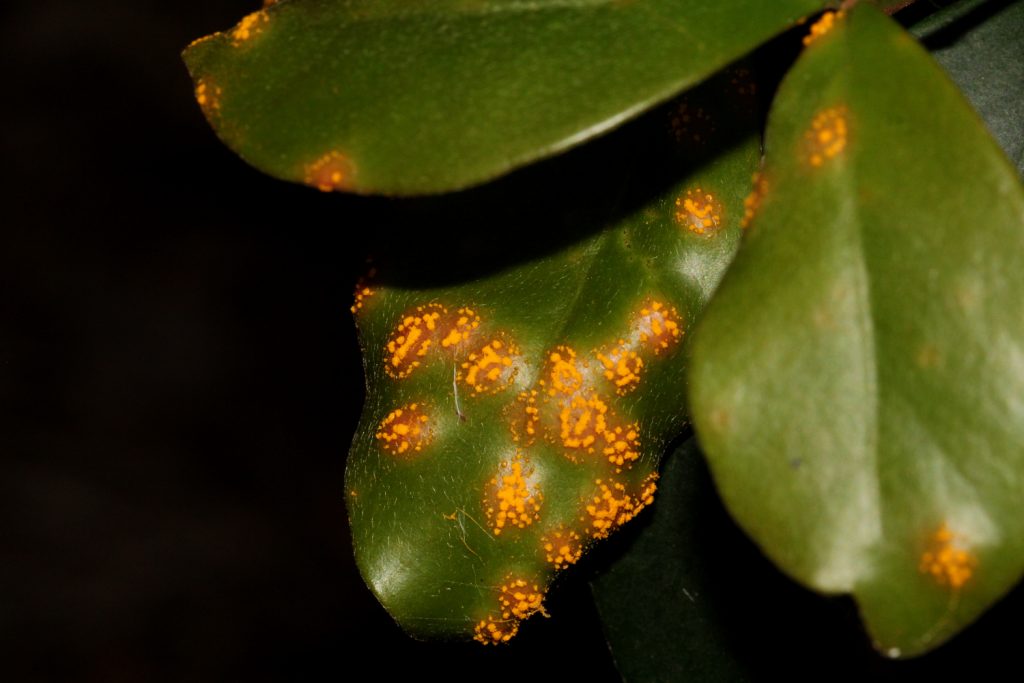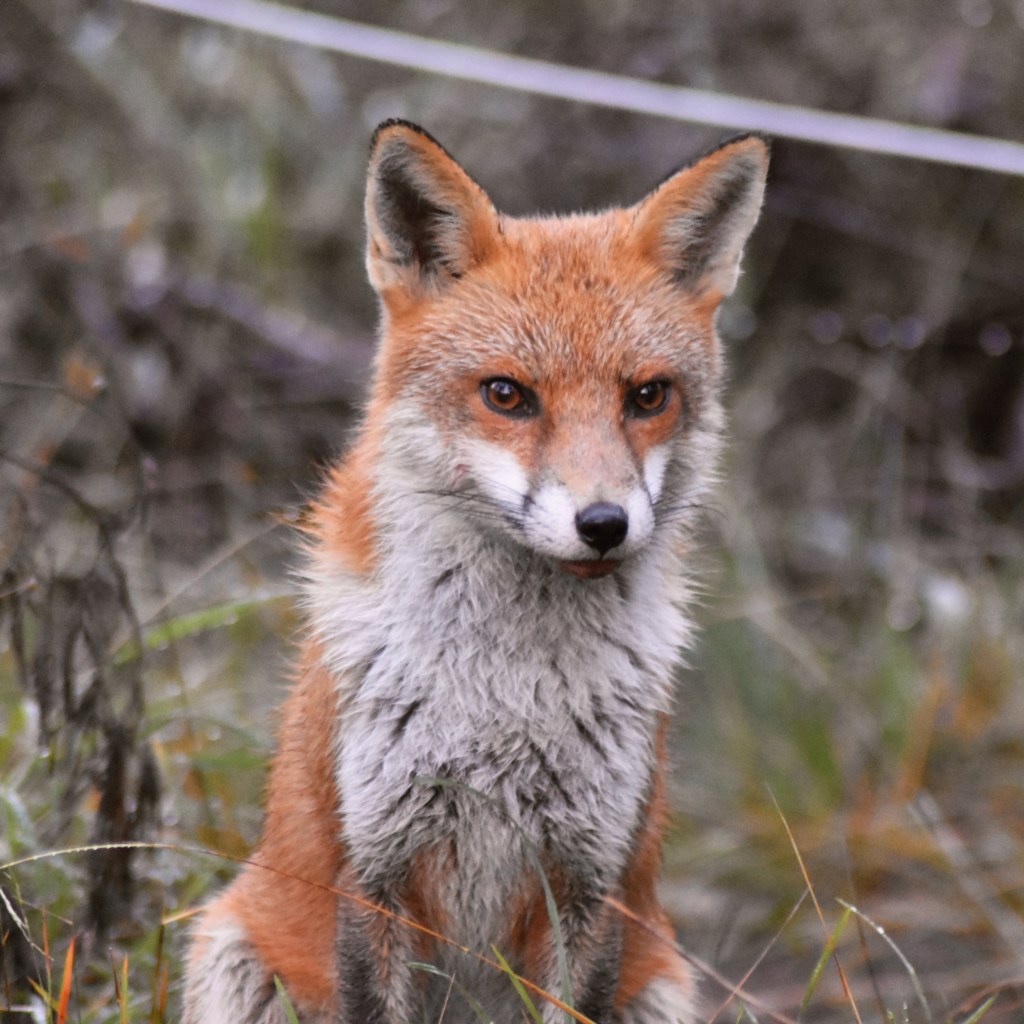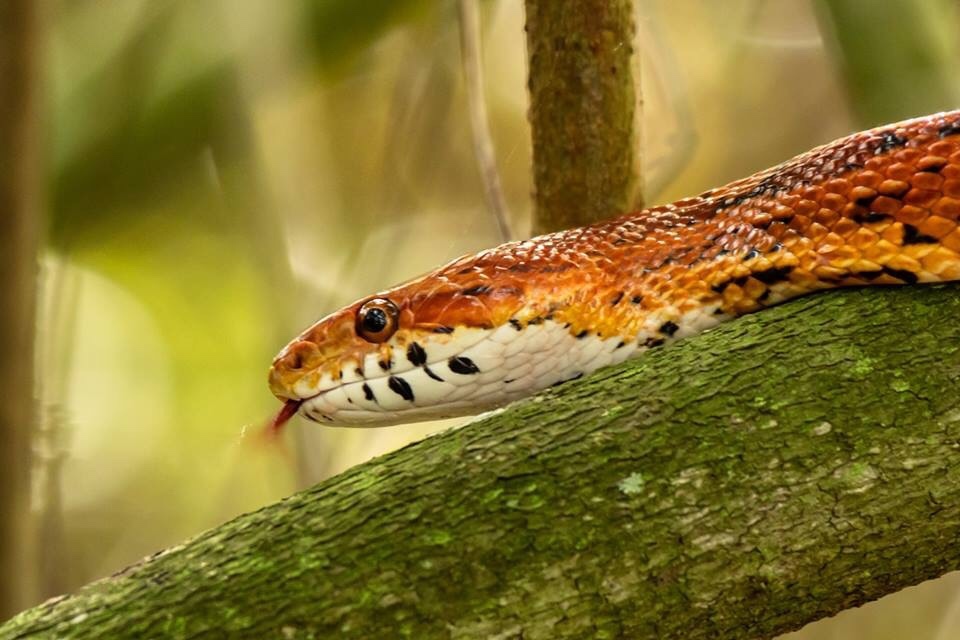With over 7.6 million hectares of land and 60,000 km of coastline, Australia is vulnerable to the introduction of new biosecurity threats every day. As an island nation, much of the biodiversity found in Australia is unique, therefore introduced species encroaching on our ecosystems can have devastating effects on native flora and fauna.
It is estimated that there are now more introduced species in Australia than native species, but until recently, data to support this has been elusive. The Atlas of Living Australia (ALA) aggregates biodiversity data from native and introduced species found in Australia, making species occurrence information available to governments, land holders, policymakers, researchers and the public, for open-access use.

The ALA currently holds information on more than 2,383 exotic species and 1.9 million occurrences of pests, weeds, and diseases. Through the automated aggregation of data from more than 900 data partners, and the development of the ALA Biosecurity Hub, the ALA aims to connect people and systems to create a wholistic and informed picture of biosecurity in Australia.
The ALA Biosecurity Hub is a one-stop-shop for biosecurity records, projects and information that leverages ALA’s existing biodiversity infrastructure. It makes biosecurity data more findable and accessible to the biosecurity sector and aggregates several ALA biosecurity tools including:
- ALA Biosecurity Alerts System
- Invasive Species Taxonomy
- Invasive Species Lists.
Additionally, the ALA Biosecurity Hub aggregates information across ALA partnered projects such as Biosecurity Commons and Australian Biocontrol Hub in one place.

ALA Biosecurity Data Analyst Andrew Turley said the development of the ALA Biosecurity Hub would be critical in supporting Australia’s Border Force to detect pests early and act.
“Biosecurity affects us every day – from the way we care for the environment, to protection measures governments implement to manage livestock, plants, and food safety from an economic and health perspective,” Dr Turley said.
“Not only does the ALA Biosecurity Hub allow for early notification and detection of pests, it’ll make data more accessible so governments, researchers and industries can implement measures to better protect Australia’s biodiversity.”
Museums Victoria Senior Curator Dr Ken Walker agreed, acknowledging the value of consolidated biosecurity resources in defending against and responding to threats.
“It is important to have a resource that is not only accessible by government and researcher sectors, but also by citizen scientists to be able to better identify emerging threats before their impact becomes widespread,” Dr Walker said.
Recently, data aggregated in the ALA Biosecurity Hub has been used in Australia’s State of the Environment reports. These data were used to quantify the trend of increasing diversity and abundance of invasive species across Australia, with invasive species also identified as the most common pressure on threatened species in Australia.
Check out the ALA Biosecurity hub here, or if you would like to discuss biosecurity data and impacts further, you can contact us here.
